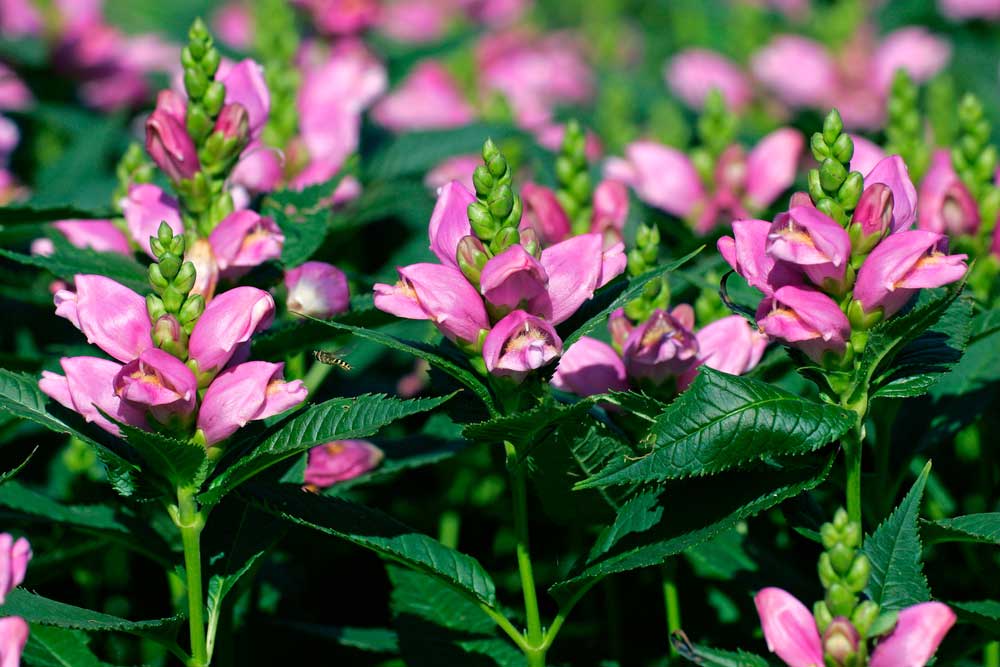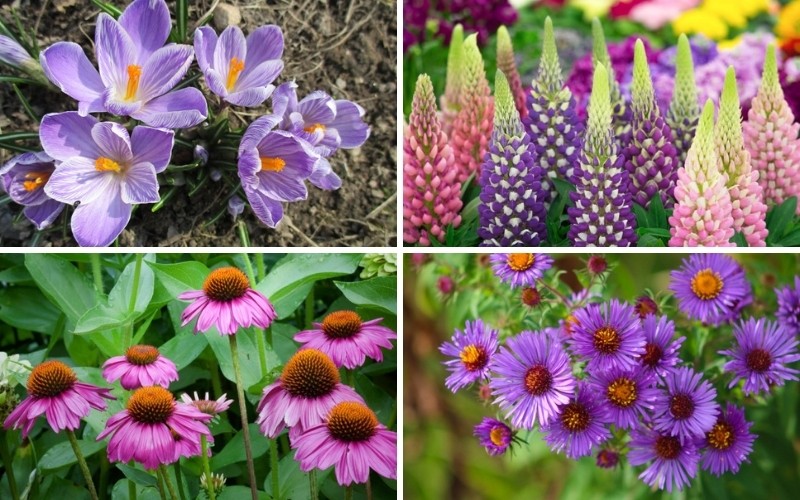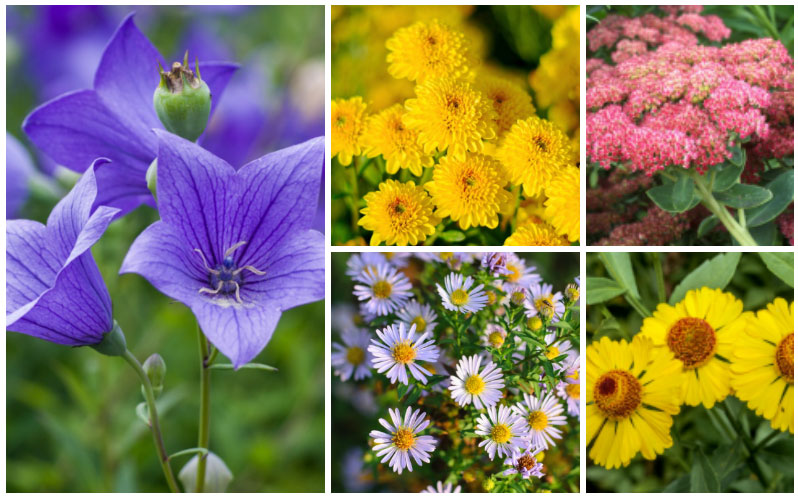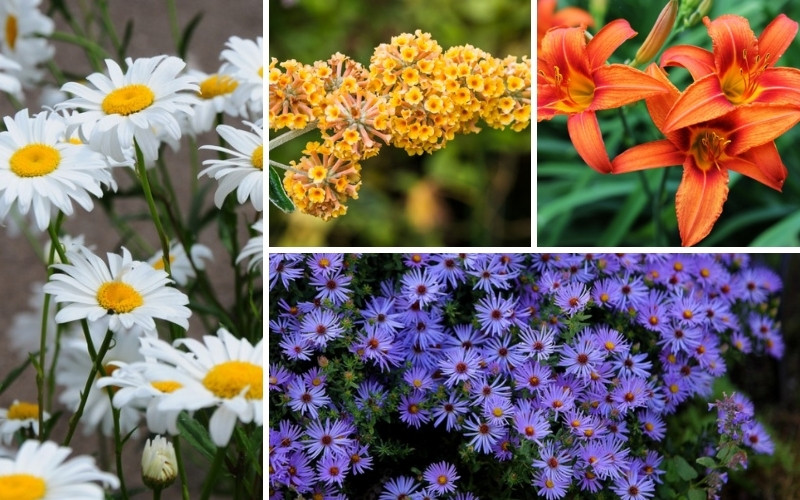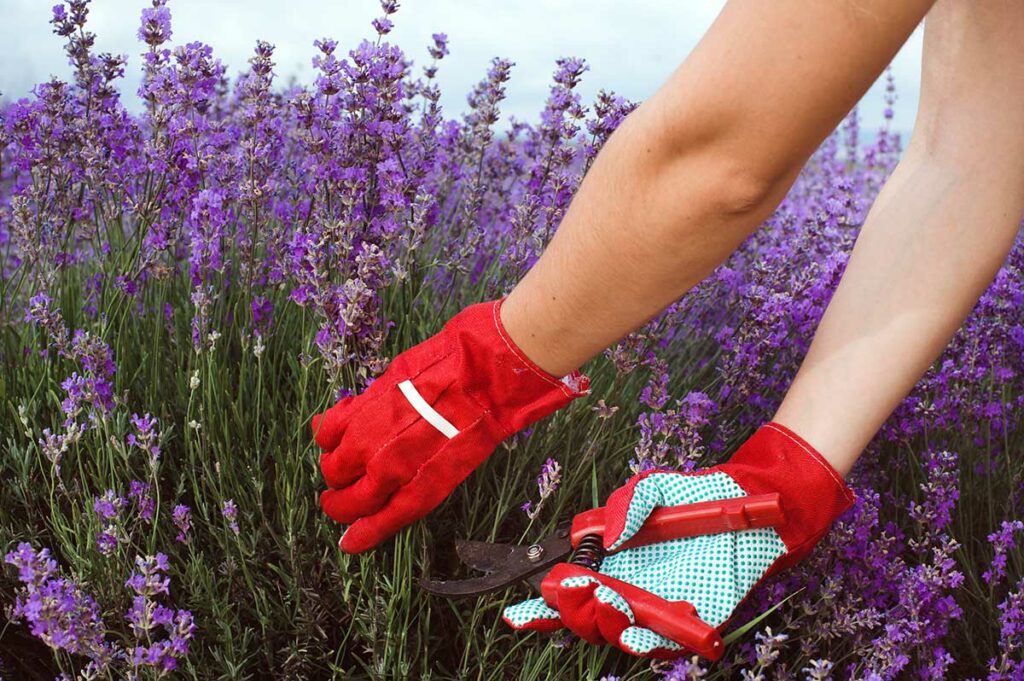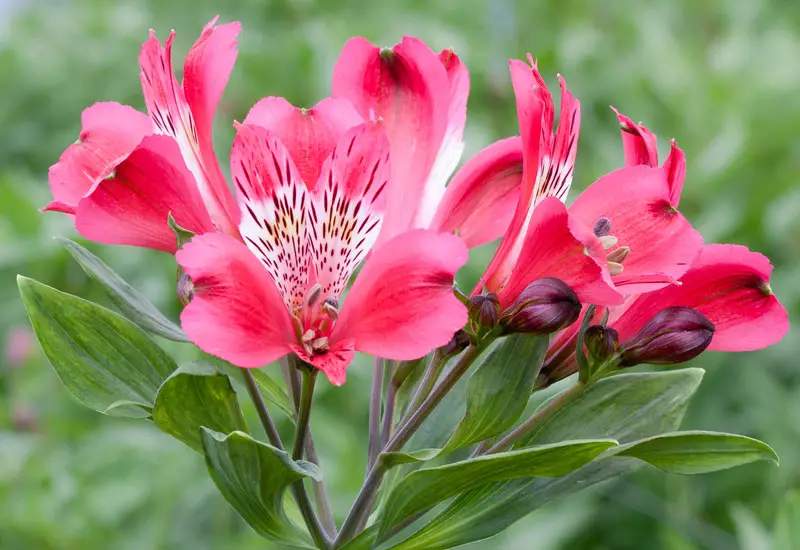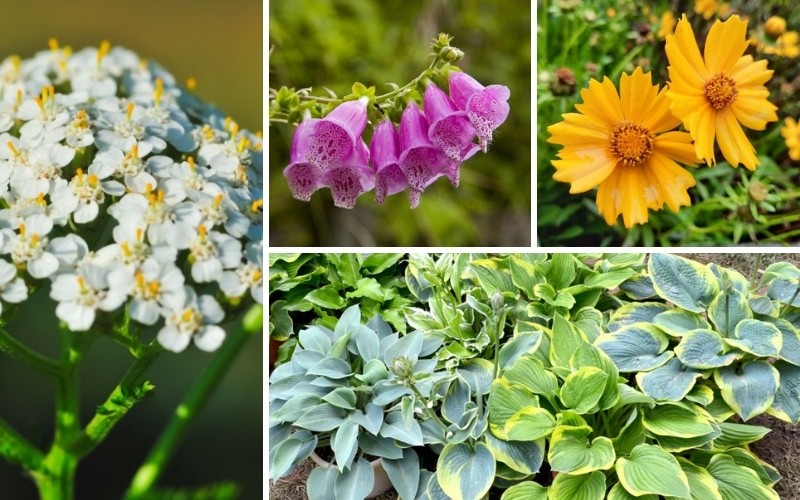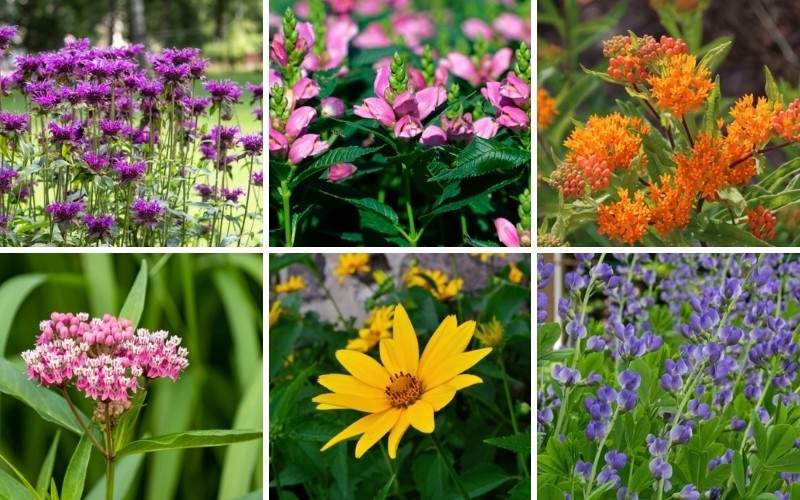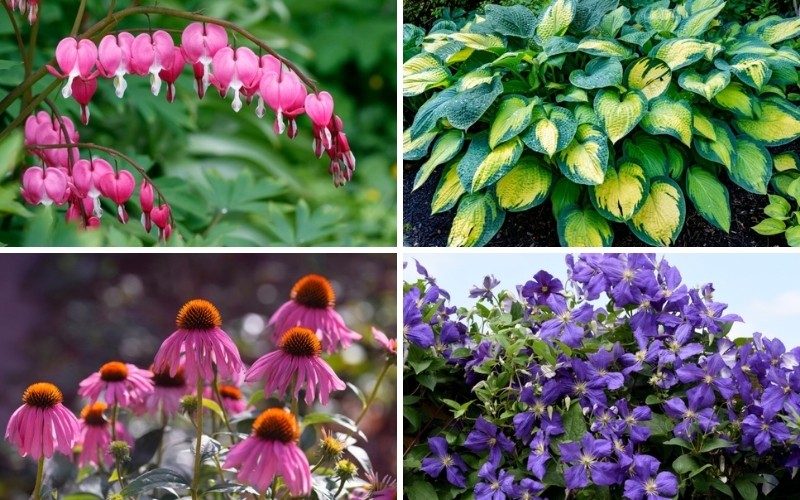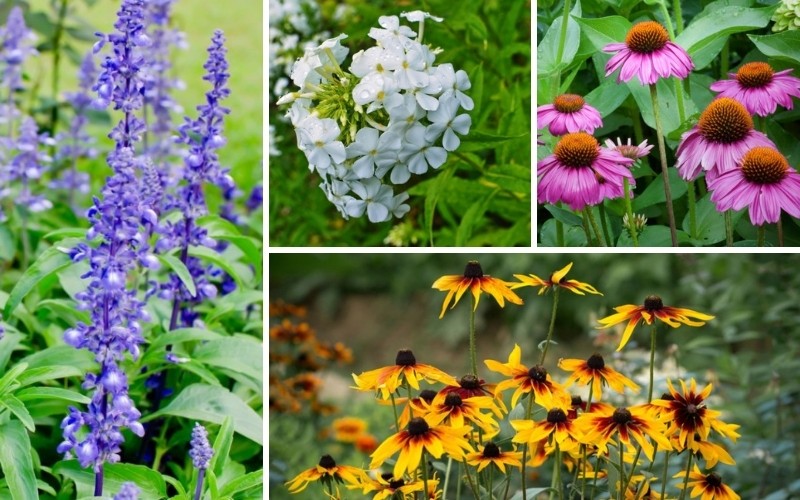
If you live and garden in Nebraska you already know that you need to choose your perennials wisely to insure they survive the winter. With only two USDA plant hardiness zones in the state, all areas of Nebraska fall into zones 4a though 5b. This means the same perennials can typically be grown statewide, but that isn’t always the case.
Knowing your specific zone is important when choosing perennials. Consider these perennials for your Nebraska garden.
False Indigo (Baptisia australis)
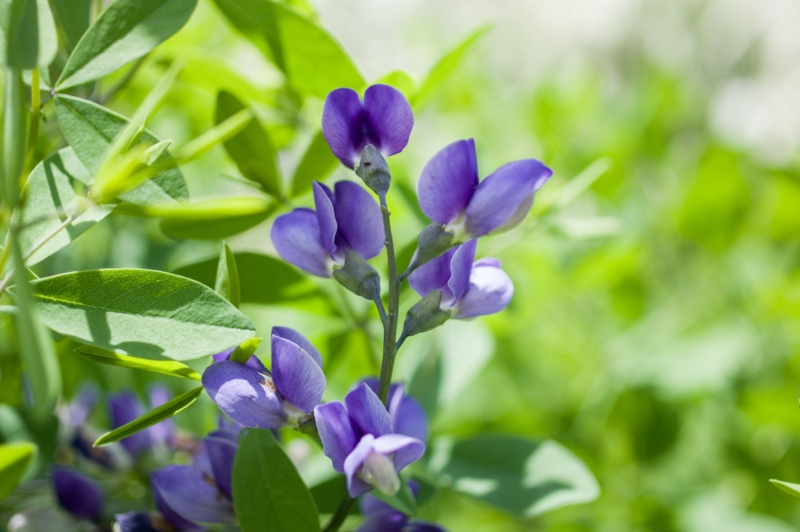
False indigo grows to heights of 3 to 4 feet with blue, lupine-like flowers held above the plant on erect stems. It blooms in late spring to early summer for several weeks before the flowers fade and are replaced with attractive dark seed pods. The foliage is attractive and fills the area with green throughout the summer. False indigo prefers average, well-drained soil and does best in full sun, but will tolerate partial shade. It is hardy in USDA plant hardiness zones 3 to 9.
Gayfeather (Liatris spicata)
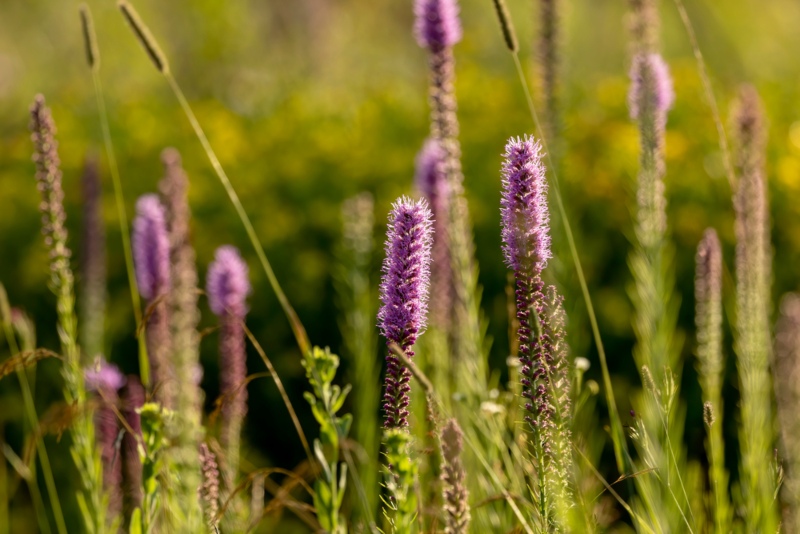
Also known as Blazing Star, this perennial brings bright color to the flower bed in midsummer. Flowers are held above the grass-like foliage on tall spikes. Clusters of tiny blooms appear fuzzy or feathery as they open along the spike. It prefers average, well-drained soil, but will tolerate poor or sandy soil. Grow gayfeather in full sun. It grows to heights of 2 to 4 feet with a spread of 18 inches. Gayfeather is hardy in USDA plant hardiness zones 3 through 8.
Bloody Geranium (Geranium sanguineaum)
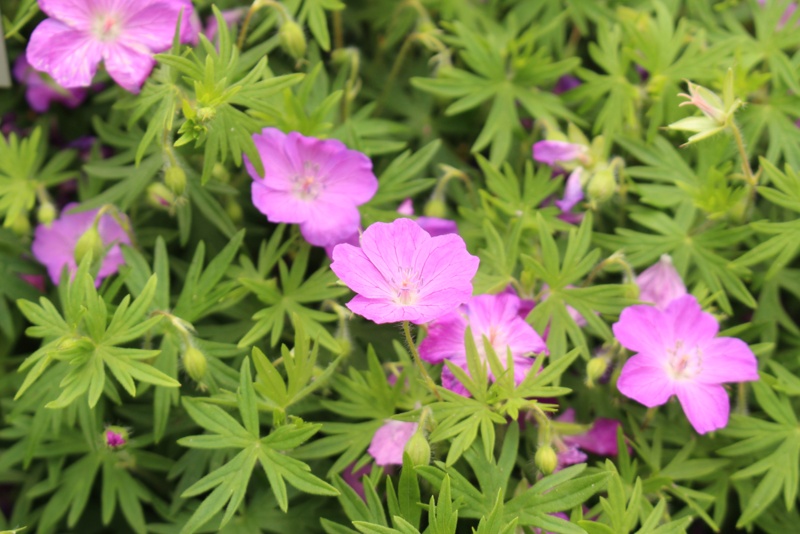
This hardy geranium produces reddish-pink flowers on frilly foliage. While it will survive in average soil, it does best in humus-rich, moist soil that drains well. It grows in either full sun or partial shade and reaches heights of 18 inches with a similar spread. It blooms in late spring to early summer and is hardy in USDA plant hardiness zones 3 through 9.
Coneflowers (Echinacea spp.)
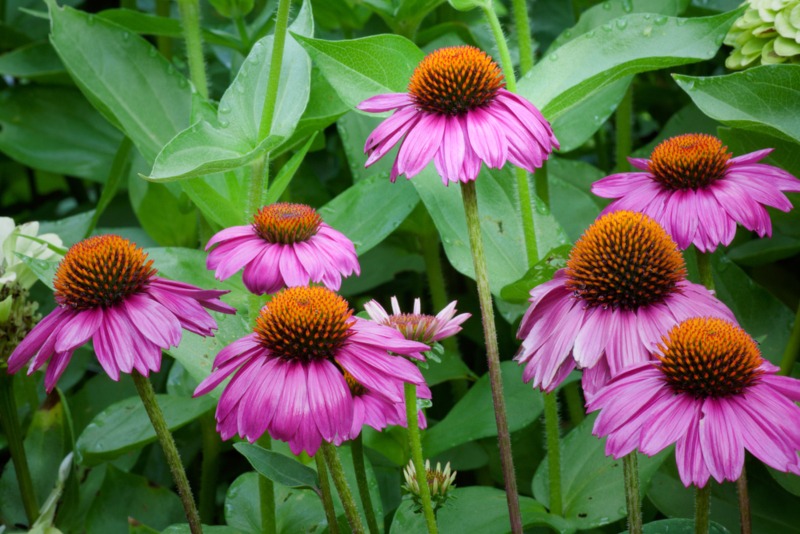
Coneflowers are tall, erect daisy-like flowers that bloom from early summer until fall. They range in color from the traditional purple to lovely shades of orange, cream, yellow and red, depending on the cultivar. They grow to heights of 2 to 5 feet with a spread of about 2 feet. Grow coneflowers in full sun and average well-drained soil. They are hardy in USDA plant hardiness zones 3 through 8.
Salvia ‘May Night’ (Salvia x sylvestris ‘Mainacht’)
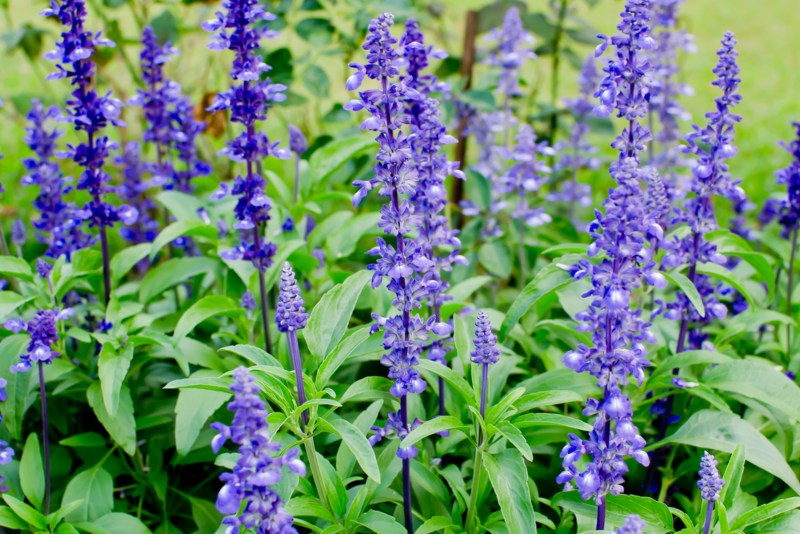
Also known as wood sage, this perennial adds a splash of deep purple to the garden in late spring and early summer. Flowers line a tall spire held above basal foliage. They grow to heights of 1 ½ to 2 feet and spread to 1 ½ feet. They prefer rich, moist, well-drained soil but will grow in sandy or gravelly soil. Those grown in rich, moist soil will repeat blooming throughout the year. Salvia prefers full sun and is hardy in USDA plant hardiness zones 4 through 8.
Penstemon (Penstemon digitalis)
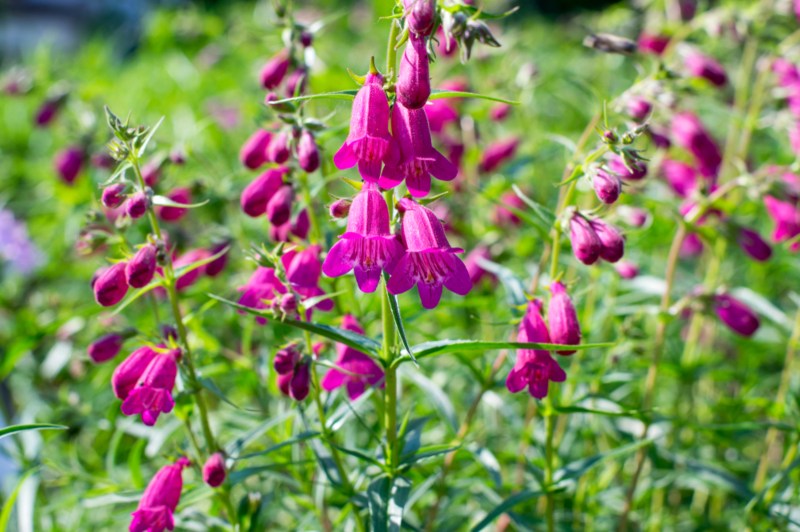
This perennial produces white tubular flowers atop stiff stems holding them above basal foliage. They attract both birds and butterflies and bloom in late spring to early summer. They grow to heights of 3 to 5 feet with a spread of 1 ½ to 2 feet. It prefers average, well-drained soil, but suffers if the soil remains wet for too long. Grow penstemon in full sun. It is hardy in USDA plant hardiness zones 3 through 8.
Sedum ‘Autumn Joy’ (Hylotelephium ‘herbstfreude’)
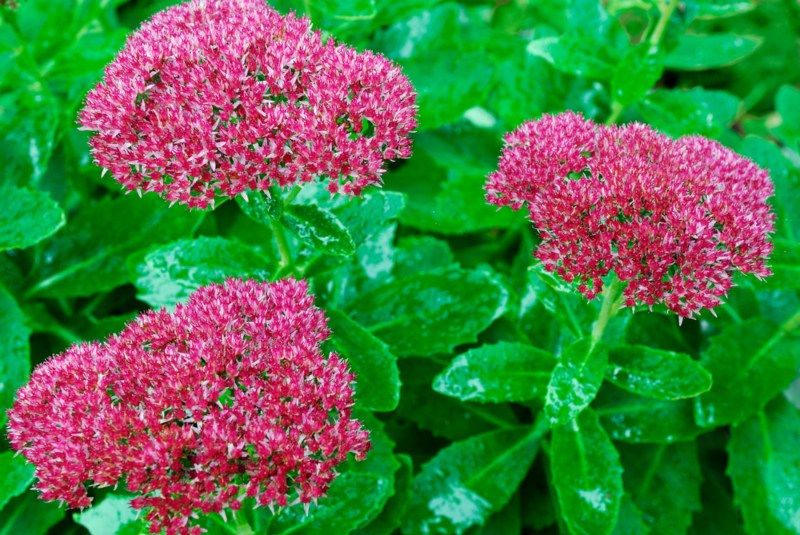
‘Autumn Joy’ sedum is an excellent choice for adding bright color to the fall flower bed. This perennial produces masses of star-like blooms that begin as pink buds that gradually transform to rose flowers and fade to a deep rust by fall. The flattened heads are 3 to 6 inches in diameter and bloom from late summer into the fall. Sedum prefers sandy or gravelly soil with low fertility and thrives in full sun. It reaches heights of 1 ½ to 2 feet with an equal spread. It is hardy in USDA plant hardiness zones 3 through 9.
Rudbeckia (Rudbeckia spp.)
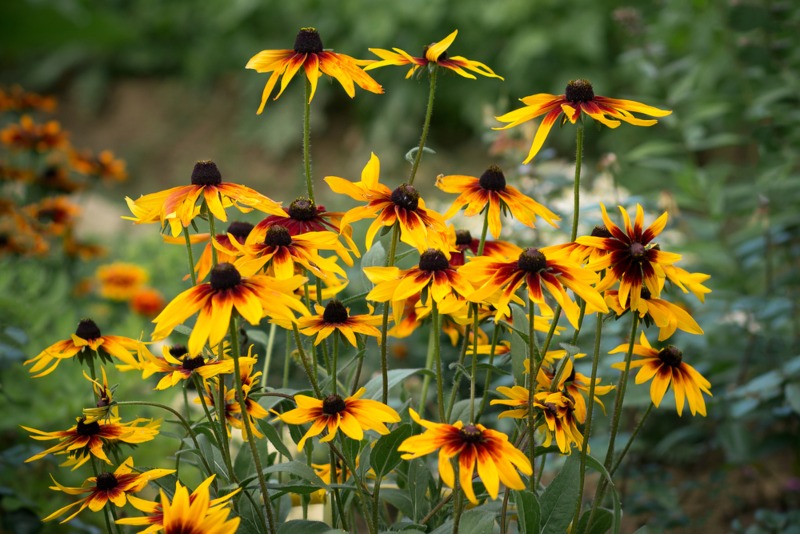
Traditional rudbeckias feature yellow-orange petals with chocolate centers, often called Black Eyed Susans, but there are many interesting cultivars to choose from. ‘Prairie Sun’ produces beautiful variegated yellow petals with a distinct green eye, while ‘Cheyenne Spirit’ produces flowers in shades of yellow, orange, cream, pink and purple. It reaches heights of 1 to 2 feet with an equal spread. Rudbeckia prefers full sun but will tolerate some shade. It prefers average, well-drained soil and is hardy in USDA plant hardiness zones 4 through 9.
Russian Sage (Perovskia atriplicifolia)
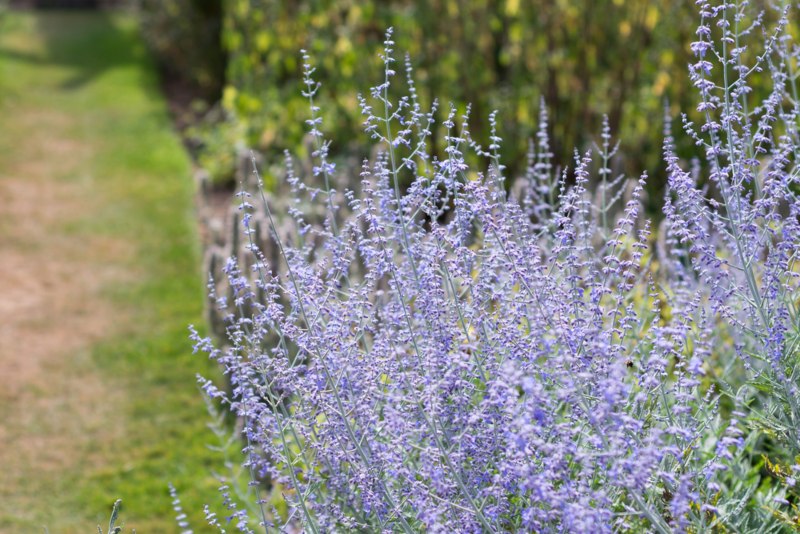
Russian sage produces spires of lavender flowers held above attractive green-gray foliage from early summer until well into the fall. Russian Sage prefers full sun but isn’t fussy about the soil it grows in as long as it drains well. It reaches heights of 3 to 5 feet with a spread of 2 to 4 feet. Russian sage is hardy in USDA plant hardiness zones 5 through 9.
Phlox (Phlox paniculata)
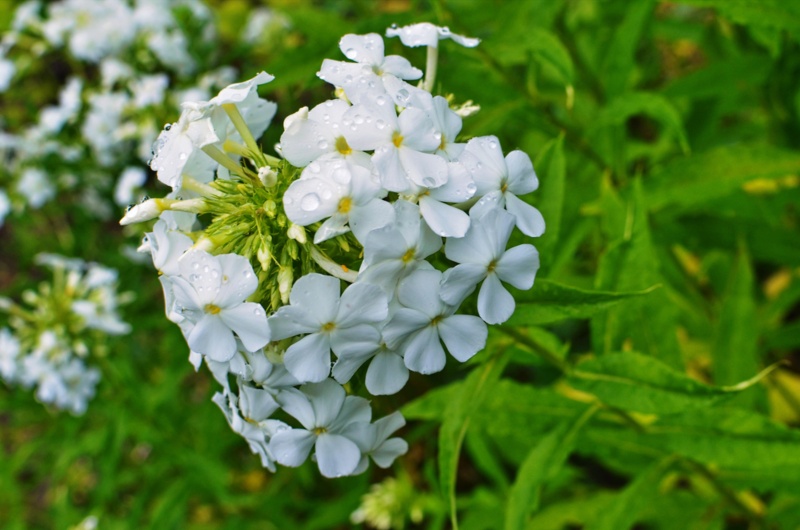
Garden phlox produce conical heads of clustered flowers from mid-summer to fall. They are prized for the heady fragrance and attractive blooms. Colors range from the traditional white or magenta to delightful shades of pink, red and rose with several bi-colors, too. They grow to heights of 2 to 4 feet with a spread of 2 to 3 feet. Phlox prefer fertile, moist soil that drains well and do best in full sun, but will tolerate partial shade. Phlox are hardy in USDA plant hardiness zones 4 through 8.
Pincushion Flower (Scabiosa caucasica)
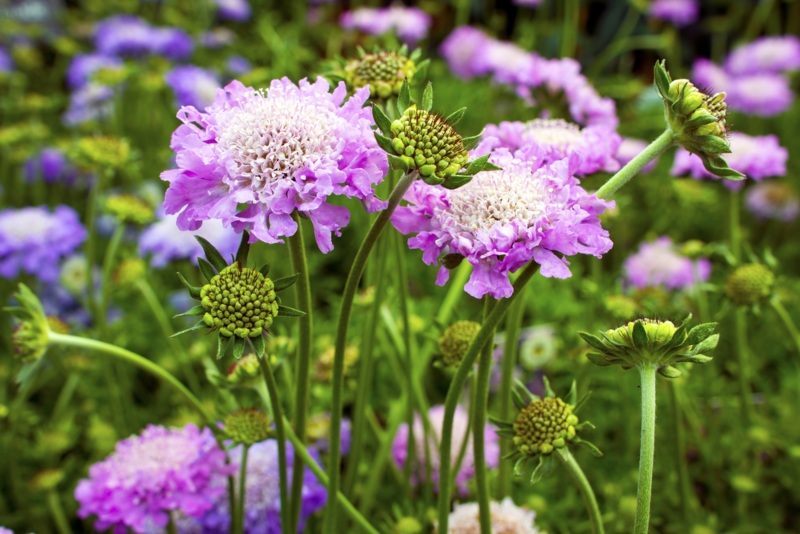
The pincushion flower produces white, blue or lavender flowers on erect stems held above blue-green foliage. The frilly petals encircle a distinct center of stamens giving the impression of pins in a cushion. It grows to heights of 1 ½ to 2 feet with a spread of 1 to 1 ½ feet. It prefers average well-drained soil that is light and porous. Grow pincushion flowers in full sun. They are hardy in USDA plant hardiness zones 3 through 7.
Always check the plant identification label when purchasing new perennials to make sure they match your growing conditions and planting zone. Variations in hardiness and growing conditions can vary even between cultivars of the same plant.





